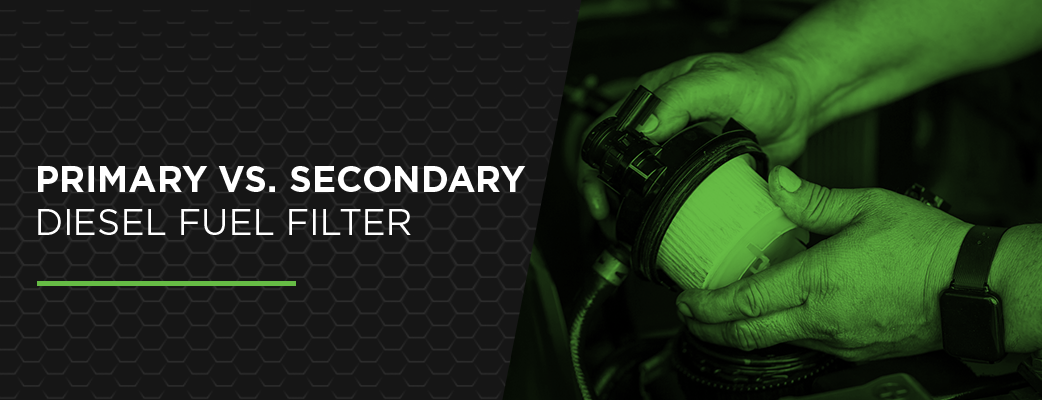
A proper fuel filtration system is essential when you operate a marine diesel engine. Diesel fuel may contain harmful contaminants, such as water, wax, dirt and dust, which can lower the effectiveness of the fuel.
For optimal fuel filtration efficiency, you can benefit from having a primary filter and a secondary filter. You may wonder what the difference is between a primary and secondary diesel fuel filter. Once you know how these two pieces of equipment operate, you’ll see how they can make your life easier while increasing safety and efficiency aboard your vessel.
What Is a Primary Diesel Fuel Filter?
In a two-filter system, the fuel needs to go through primary filtration before reaching the engine. This process rids the fuel of most unwanted substances such as asphaltenes and other contaminants. If you’re unsure where the primary diesel fuel filter is on your boat, you’ll likely find it between the tank and the engine or between the primer bulb and the engine.
When installed correctly, primary filters are highly efficient and operate from 10 to 50 microns. These devices detect and remove the majority of contaminants, lowering the demands on the secondary filter.
What Is a Secondary Diesel Fuel Filter?
The secondary diesel fuel filter is the second filtration device that your boat’s fuel will pass through. This equipment is usually installed after the primary fuel filter and near the engine, where its main purpose is to catch any contaminants that the first filter may have missed.
If your primary filter is in great condition, the secondary filter will likely function as a backup filter for leftover water or fine particles. Some marine vessel operators may only use a screen as their secondary filter. Either way, you can count on this device to make sure your fuel is as clean as possible.
How to Maintain Your Filtration System
The benefit of having a two-filter marine system is that it will often last longer than single filtration. It also offers optimum performance due to its improved efficiency and precision. Because clean fuel is so important when it comes to marine applications, a two-filter system can save you time and money in the long-run.
At Diesel Pro Power, we understand how beneficial marine filtration is for your safety and convenience. That’s why we want to make sure you know how to properly maintain your filters. Keeping your primary and secondary fuel filters clean will help them deliver their best performance so you can rest easier while out on the water.
To determine whether it’s time to replace one of your filters, install a vacuum gauge. This guage will show you how much effort the filter is putting into cleaning the fuel. If it is working harder than usual, it may be clogged and due for a replacement. To change the filter, follow these five steps:
1. Turn off the fuel valve and cut off any hose openings.
2. Place the filter head.
3. Install the NPT hose fittings within the filter head.
4. Fit the hoses into filter ports.
5. Complete a quick engine and filter check.
Get Replacement Parts From Diesel Pro Power
We care about keeping your marine operations as safe and hassle-free as possible. If you’re interested in any of our products like our Cummins fuel filters, or learning more about primary vs. secondary diesel fuel filters, feel free to contact us online.



 Free US Calls: 1-888-433-4735
Free US Calls: 1-888-433-4735 International: 305-545-5588
International: 305-545-5588